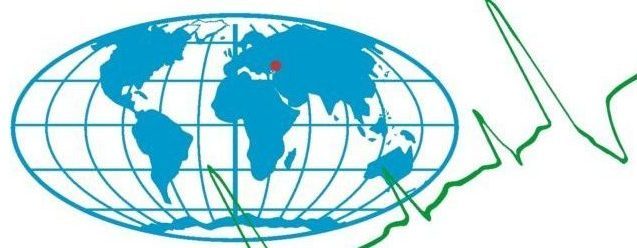B.A. Skorohod
Sevastopol State University, RF, Sevastopol, Universitetskaya St., 33
E-mail: boris.skorohod@mail.ru
DOI: 10.33075/2220-5861-2021-4-124-133
UDC 004.9:004.41
Abstract:
Monitoring of the sea surface by surveillance systems can be carried out from fixed, floating or surface platforms. Such systems make it possible to identify, analyze and make decisions in various situations as information is received from sensors located on them. One of the important monitoring tasks aimed at determining the position of objects of interest on the sea surface relative to the coordinate system related to the observation system is considered.
Such a task can be solved with the help of radars, lidars and video cameras (stereo pairs or monocular) in both video and infrared ranges. The problems associated with solving the formulated task using any of the listed sensors are well known. They are a large variability of the sea surface, fog, poor lighting conditions, low contrast of objects due to the long distance to the object, etc.
The article proposes new algorithms for estimating the coordinates of objects (both linear and angular) relative to the coordinate system related to the video camera. A two-step algorithm is proposed. At the first stage, the processing of images coming from the camera is performed – the selection of an area belonging to the sea surface in the image, the detection and video tracking of objects, the determination of azimuth and elevation angles from the obtained images. Our approach is based on the representation of elevation and azimuth angles in the form of non-stationary autoregression models, recurrent estimation of their parameters and subsequent estimation of the object coordinates.
Keywords: azimuth and elevation angles, monocular video camera, non-stationary autoregression models, diffuse algorithms for parameter estimation.
To quote:
REFERENCES
- Fefilatyev F., Goldgof D., Shceve M., and Lembke C. Detection and Tracking of Ships in Open Sea with Rapidly Moving Buoy-Mounted Camera System. Ocean Engineering, 2012,Vol. 54, pp. 1-12.
- Grupta K., Aha D., Hartley R., and Moore P. Adaptive Maritime Video Surveillance. Proceedings of SPIE, 2009, Vol. 7346, No. 09, pp. 1-12.
- Sullivan M. and Shah M. Visual Surveiilance in Maritime Port Facilities. Proceedings of SPIE, 2008, Vol. 6978, No.11, pp. 1-8.
- Mou X. and Wang W. Wide-Baseline Stereo-Based Obstacle Mapping for Unmanned Surface Vehicles. Sensors (Basel), 2018 Apr., Vol. 18(4), pp. 1085.
- Larson J., Bruch M., Halterman R., Rogers J., and Webster R. Advances in autonomous obstacle avoidance for unmanned surface vehicles. DTIC Document 2007.
- Amarasinghe S., Kodikara N., and Sandaruwan D. Location estimation in a maritime environment using a monocular camera. In Advances in ICT for Emerging Regions (ICTer), 2014 International Conference on, 2014, pp. 21–28.
- Gladstone R., Moshe Y., Barel A., and Shenhav E. Distance Estimation for Marine Vehicles Usinga Monocular Video Camera. 24th European Signal Processing Conference (EUSIPCO), 2016. DOI: 10.1109/EUSIPCO.2016.7760680
- Skorohod B.A. Receding Horizon Unbiased FIR Filters and Their Application to Sea Target Tracking. Journal of Control Science and Engineering, Vol. 2018, Available: https://doi.org/10.1155/2018/1803623.
- Skorokhod B.A., Statsenko A.V., and Fateev S.I. Algoritmy videonabljudenija i manevrirovanija avtonomnyh morskih sudov (Algorithms of video surveillance and maneuvering of autonomous sea vessels). News of TSU, technical sciences, 2018, Issue 3, pp. 85–110.
- Rodriguez-Padilla I., Castelle B., Marieu V., and Morichon D. A Simple and Efficient Image Stabilization Method for Coastal Monitoring Video Systems. Remote sensing, 2019, DOI: 10.3390/rs12010070
- Box G. and Jenkins G. Time Series Analysis Forecasting and Control, Holden Day, San Prancisco, 1976.
- Skorohod B. Diffuse Algorithms for Neural and Neuro-Fuzzy Networks: With Applications in Control Engineering and Signal Processing. Elsevier, United Kingdom, 2017, 220 p.
- Bar-Shalom Y., Rong X., and Kirubarajan T. Estimation with applications to tracking and navigation. Johh Wiley and Sons, New York. 2001.
![]()
